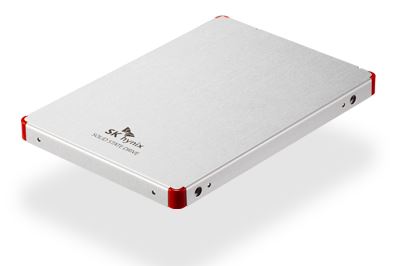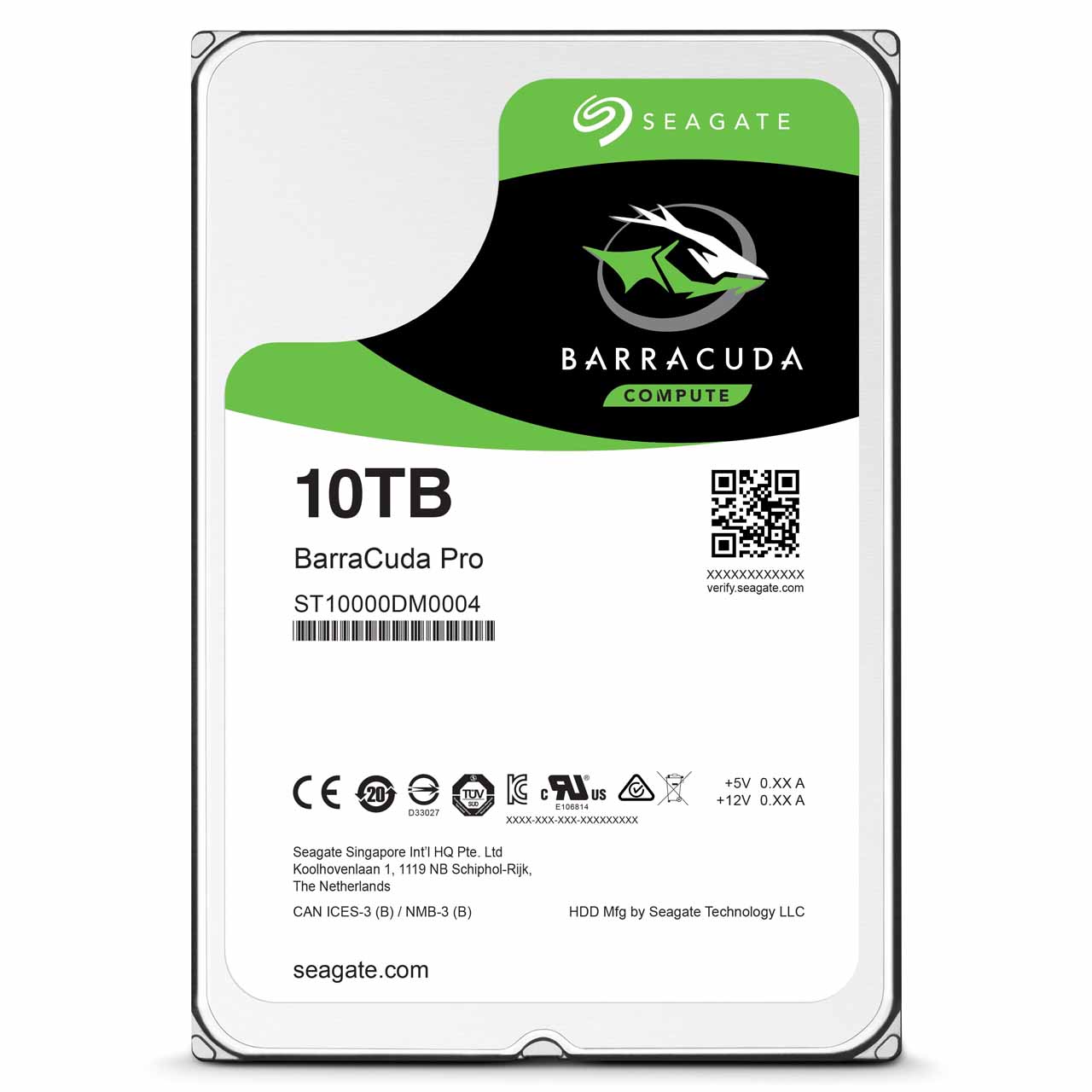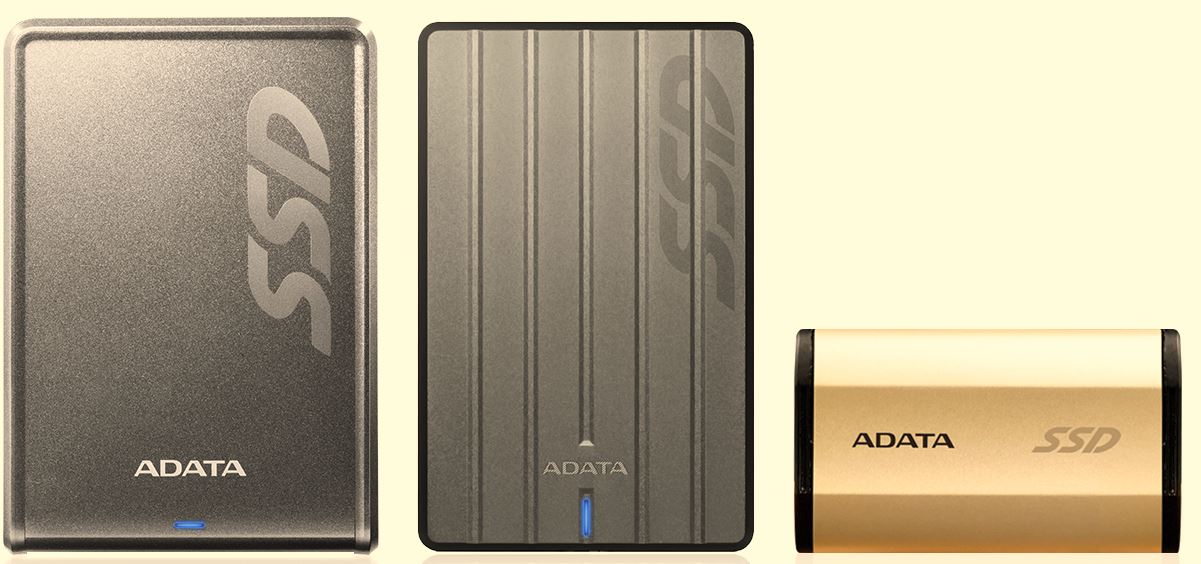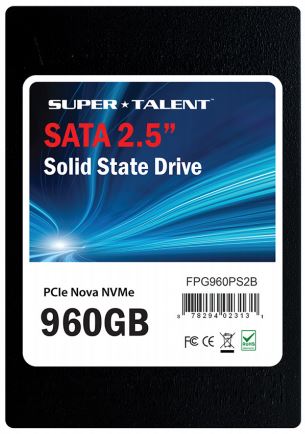The Week In Storage: Intel CEO Drops 3D XPoint Bombs, But Memory Business Is A Dud
The week in storage was somewhat muted as most vendors are holding their big announcements for the upcoming Flash Memory Summit. Pre-briefs for the event have already begun, and this year promises to bring about some exciting flash storage announcements.
We began the week by taking an exclusive look at SK hynix's new SL308 SSD. SK hynix is certainly not a household name here in the States, but that is because its SSDs are usually buried away in the OEM market. The company is one of the largest semiconductor manufacturers in the world, and its SL308 Canvas SSD is the first to give the Samsung 850 Evo a real challenge.
Seagate announced its latest line of helium-powered 10 TB HDDs for desktop PCs, NAS and surveillance applications in conjunction with a sweeping rebrand that finds the company using colorful new names, such as the BarraCuda, FireCuda, SkyHawk and IronWolf. The new helium HDDs also extend Seagate's warranty for its BarraCuda Pro and FireCuda to five years, which join the WD Black as the only desktop HDDs on the market with a five-year warranty.
Adata announced upgrades to its existing line of external SE730, SC 660 and SV620 SSDs. The SE730 makes the incremental jump from USB 3.1 to USB 3.1 Gen 2, while the SC660 and SV620 provide up to 410 MB/s of sequential read/write throughput in capacities up to 480 GB.
Chris Ramseyer tested the Corsair Neutron XTi 256 and 512 GB models to close out the week. The XTi aims to bring a higher level of performance to the Phison S10 platform. It also increases capacity to 2 TB by doubling the amount of DRAM that was on the original Neutron SSDs. The XTi looks great in heavy workloads and on the spec sheet, but it fell short in the metrics that matter during application testing.
Let's take a closer look at a few other items of interest this week.
Intel CEO Brian Krzanich Drops 3D XPoint Bombs, but Memory Business (SSDs) Is a Dud
Last week we discovered that Intel's forthcoming 3D XPoint Optane SSDs are now listed at the NVMe interoperability lab, which indicates that the speedy SSDs are complete and close to release.
Get Tom's Hardware's best news and in-depth reviews, straight to your inbox.
Intel CEO Brian Krzanich confirmed our suspicions during the company's Q2 2016 earnings call when he stated:
"And then as we said, 3D XPoint SSDs start to ship at the end of this year, 3D XPoint DIMMs next year. And so these investments that we're making this year, which we've talked about, are really playing forward those two technologies. So we're still very bullish on the long-term prospects. The units and the gigabytes continue to grow. Our cost structure gets better and better as we go through the back half and into next year. And then 3D XPoint, as we said, will really in our minds change the whole memory storage architecture."
Krzanich indicated that Intel already has Optane SSDs shipping to partners, and in a rather interesting disclosure, he stated that the new technology would emerge in laptops and "gaming machines." Krzanich believes the real volume will come from sales of the DIMM form factor devices in the enterprise segment. 3D XPoint-wielding DIMMs will enable a heretofore-unseen amount of quasi-memory inside of the server, but the industry is in the infancy stages of operating system and software support. If Intel is waiting for volume in that segment, it will need patience.
The Optane-branded SSDs will usher in the first new memory technology in 35 years that has proved to be feasible enough for mass production, but the revelation came during a rather dismal report on the company's memory revenue. Intel's memory business (SSDs) chalked up a paltry $554 million, which is a 20 percent year-over-year decline. A 20 percent reduction in the fastest growing segment of the storage market is shocking, and the company cited a "more competitive pricing environment" as partially to blame. The memory unit also lost $224 million due to higher startup costs for 3D NAND and increased 3D XPoint spending.
Intel has traditionally led the enterprise SSD market, which is by far the largest percentage of its SSD volume, but the surging Samsung has been making incredible inroads in the segment. In fact, Samsung is now shipping more enterprise SSDs than client SSDs. Perhaps Samsung's aggressive 3D NAND-powered incursion into the data center is cramping Intel's style, but Intel has its own 3D NAND (and 3D XPoint) coming to market soon, which might tip the scales back in its favor.
U.2 Sinking
U.2 2.5" NVMe SSSs are simply not taking off in the consumer market, though they continue to become more popular in the enterprise. U.2 is actually a type of connector, but it has emerged as the go-to name for a 2.5" NVMe SSD.
The Intel 750 remains the sole U.2 SSD for the consumer market, and don't hold your breath for more, as no one on our radar has a client U.2 SSD in development. Recent leaked Intel roadmaps (which we should always take with a grain of salt) also point to M.2 designs for the company's forthcoming 3D NAND and Optane SSDs. It appears that Intel may have abandoned U.2 as well.
Super Talent announced its new Nova U.2 SSD this week, but in typical Super Talent style, it didn't say much else. The PCIe 3.0 x4 SSD provides 3.0/2.2 GB/s of sequential read/write throughput, but the first question any SSD enthusiast will ask is what type of controller the SSD uses. Super Talent leaves that, and other important basics, such as random performance and endurance, out of its release. Super Talent designed the Nova for the enterprise, and that is where the overwhelming majority of U.2 SSDs will remain.
For now, it appears that the M.2 specification has stopped U.2 in its tracks. Both connections provide the same maximum bandwidth of the PCIe 3.0 x4 connection, but M.2 SSDs are smaller, and some are faster than the Intel 750. High-performance M.2 SSDs make U.2 less desirable, even in workstation applications.
The glaring lack of native motherboard support for PCIe cabling, which U.2 SSDs require, spawned M.2 to U.2 connectors. This workaround is kludgy, at best. Most cabling that carries the PCIe signal is bulky and has length restrictions, which isn't exactly the friendliest implementation for a sexy desktop PC. The bulky cables result from the lack of affordable PCIe cables; the industry is simply using re-purposed mini-SAS HD cables.
Several motherboard vendors have released products with U.2-compliant connections fused onto the board, but some motherboards have SATA Express, which was also a failed experiment. The PCI-SIG standards committee is working on the specialized, and slim, OCuLink cable specification, but there is no word on when it will come to market.
In either case, it will likely be too little, too late. It might be too early to say that U.2 is dead in the consumer market, but I will anyway.
This Week's Storage Tidbit
The $67 billion Dell/EMC merger is one of the largest technology mergers in history, but it had to meander through a number of challenges as Michael Dell seeks to roll EMC into the newly named Dell Technologies. The merger, which will create the world's largest storage company, came one step closer to finalization this week as a resounding 98 percent of EMC shareholders voted for the merger.
Dell and EMC have an integration plan that is already swinging into action, but the final obstacle is the MOFCOM Chinese regulatory agency. MOFCOM has a history of dragging its feet; it took four years to approve the WD/HGST merger, and it often still metes out punishing long-term restrictions.
Billions of dollars hang in the balance, but MOFCOM restrictions could hamstring the integration of the two companies. If history is any indication, it may be several years before the new Dell Technologies can jump the final hurdle.

Paul Alcorn is the Editor-in-Chief for Tom's Hardware US. He also writes news and reviews on CPUs, storage, and enterprise hardware.




